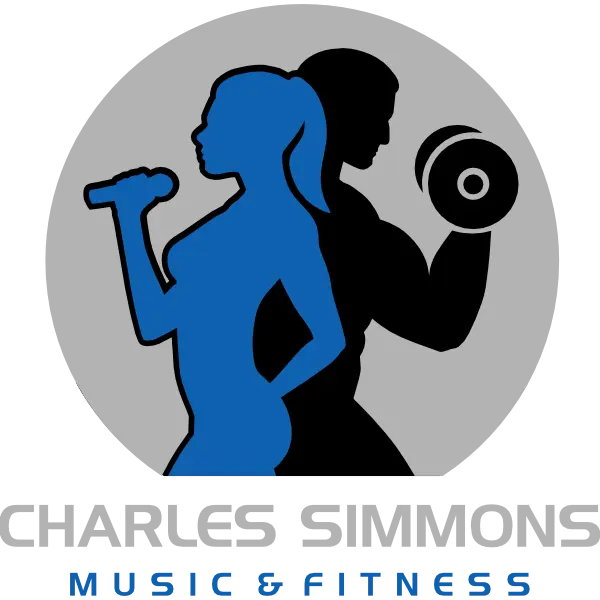When you practice singing, you probably focus mainly on increasing your range. But what If I told you that there are other important parts of your voice that you’re probably not training as you should? In today’s article, I’m going to talk about the three most important parts of your voice and show you a few vocal dynamics exercises in order to quickly enhance your vocal technique.
What is a “3-D voice”?
Training all three aspects of your voice together is important in developing a strong, healthy voice, or what I like to call a „3-D voice“. As you know, your speaking voice isn’t static; it’s constantly moving and changing. When you’re in a conversation, your voice is always going up and down in pitch, the volume changes, and the timbre or sound color changes depending on your mood and other factors.
All of these things also happen when you sing. In fact, the only real difference between your speaking voice and your singing voice is the melody. What do I mean by that? Well, think about what a melody actually is. It’s a series of sounds put together in a specific order. When you sing, the order of the notes is predetermined, meaning you already know in advance which notes you’re going to sing when. However, when you speak, the order of the notes is more random, but you’re still producing a melody.
If I were to sing or speak using the same pitch, volume, and sound color all the time, my voice would sound very robotic and lifeless. It’s those subtle changes in your voice that make it more „three-dimensional “ and therefore more dynamic. So it makes sense to train all three aspects of your voice at the same time.
The best vocal exercise for 3-D singing
One of my favorite ways of doing this is to combine a siren (also known as a glissando or vocal rise & fall) with a volume swell. You can create the siren using lip or tongue trills, humming, or vowel/consonant combinations. (also known as words). Make sure to watch the above video to learn how to perform these exercises.
During both of these vocal exercises, remember to keep your head in as neutral a position as possible; avoid tilting your head up when singing high, or tilting it down when singing low. Practice these exercises a few minutes every day, and you’ll gain more control over your voice in no time.
So I hope you now have a better understanding of the three most important ingredients of a healthy, dynamic voice and how you can train them. I’ve got a lot more tips in the pipeline, so if you found some value in this video, be sure to check back here from time to time.
Now as you guys know, I’m all about helping people like you get stronger, healthier voices and bodies, so if you’re looking for a program that incorporates all of the vocal and fitness tips that I give you on this page, please check out my VOXXBODY® workout.
See you guys again soon!
